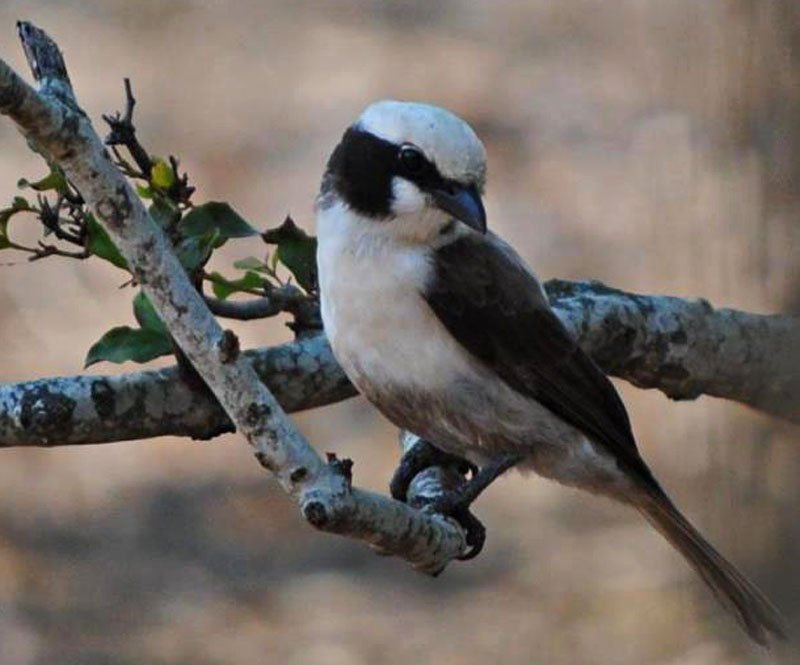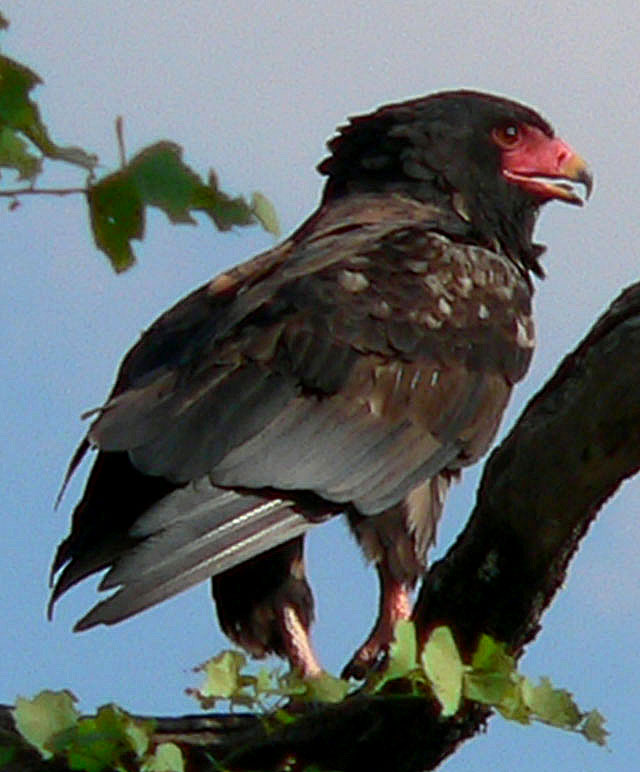Birds Incorporated. What’s Your Part?
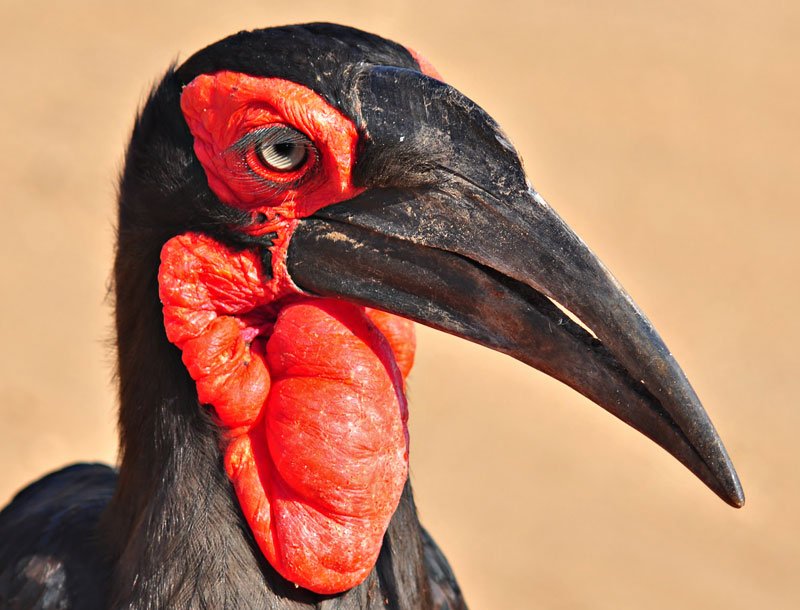
Southern ground hornbill male – Bucorvus leadbeateri – Ingududu bird. Image source.
It’s a family/partners sort of thing
Some birds — and a few mammals — have parenting aced.
Imagine… built-in babysitters on tap!
Helpers to feed the kids…
Nannies to take them out.
Minders who’ll help with the hatching!
Yup, it’s true. Some species even have sitters to sit on the eggs. All buckshee.
Introducing the wonderful world of cooperative breeding. The whole flock lives together but only the dominant pair breeds while all the individuals nurture the youngsters to adulthood. This behavior evolved over time to allow species to breed more successfully than they could if they had to do it all on their own.
Among the many benefits, helpers gather building materials, sit on the eggs, protect the nest, defend the chicks and hunt for food. The payoff for helpers is twofold. They get to perpetuate their genes for minimal effort and they gain important experience in raising their own young as part of a collective effort.
Worldwide, only eight percent of all bird species exhibit this behavior. Here, in the Lowveld of the Kruger Park, the common cooperative breeders are the following species:

White Crested Helmet Shrike – Prionops plumatus. Image source.
White-crested helmet-shrikes
Are known as a monogamous cooperative breeder. The breeding pair forms a flock with their siblings or youngsters from the preceding year’s breeding season. Should one of the breeding pair die, a replacement will be found amongst the siblings.
They’re noisy, comical and very territorial, defending themselves against other birds and predators pretty well.
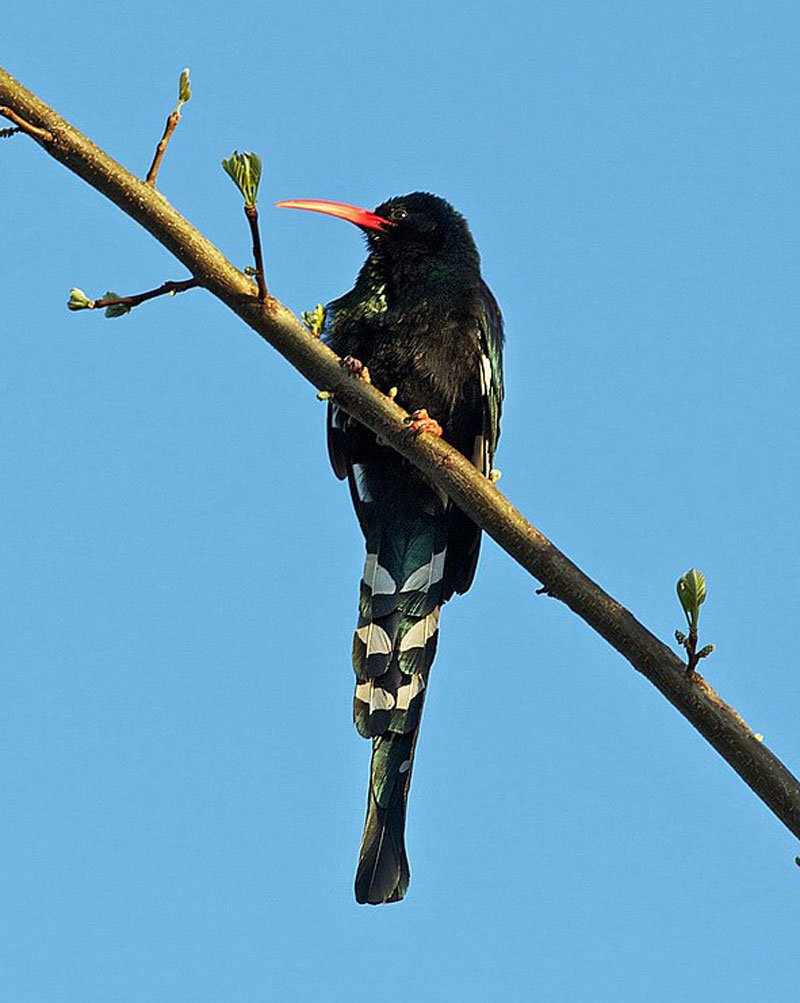
Green Wood Hoopoes – Phoeniculus purpureus. Image source.
Green wood-hoopoes
These raucous birds are common in the woodlands and gardens of Sub-Saharan Africa. They are beautiful birds, cackling and squawking in flocks of up to a dozen birds with one breeding pair. Two to four blue eggs are laid in the hole in a tree or used barbet nest and take about 18 days to hatch. Mom and the nestlings are fed by the rest of the group, even after they have left the nest.
White crowned helmet shrikes
These pretty little birds are highly sociable, forming small, tightly-knit groups of around six individuals, although outside of breeding season the flock can number up to twenty individuals. They are not very aggressive birds but will attack predators such as goshawks. The group takes part in building a nest, take turns in sitting on the eggs and help in the feeding of nestlings. These birds build amazing nests lined, covered and wrapped with spider webs collected from the bush.
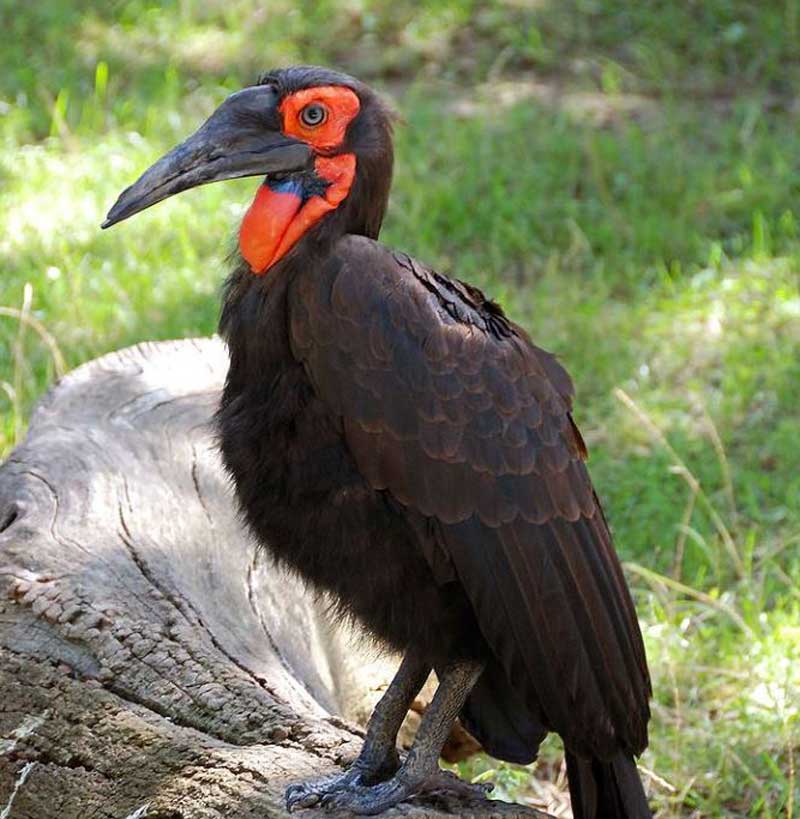
Southern Ground Hornbill Female – Bucorvus leadbeateri. Image source.
Ground Hornbills
Southern ground hornbills are listed as vulnerable on the IUCN list. These large birds are obligate cooperative breeders who usually live in groups of four or five adults and juveniles – although up to nine have been reported. Southern Ground Hornbills only reach maturity at six years and usually flocks can only produce one youngster every six years.
Every breeding pair is supported by at least two other birds in the flock. Captive breeding programs have shown that each bird needs six years’ experience as a helper (at the nest) before they can breed successfully.
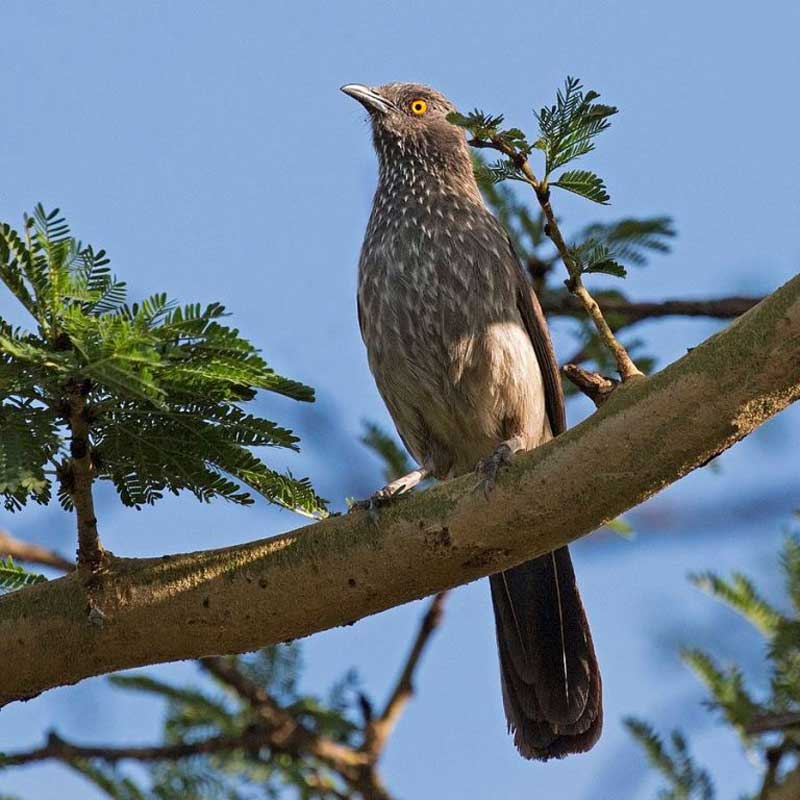
Arrow Marked Babbler – Turdoides jardineii. Image source.
Arrow-marked babblers
The arrow-marked babbler is a cooperative breeder, laying between two to five eggs in an untidy cup of a nest, placed in thick bushes, hidden in trees, in a reed bed or the hole of a tree. The eggs are hatched by the whole flock in around 13 to 17 days and the nestlings are protected and cared for by all the birds until they leave the nest after 18 to 21 days.
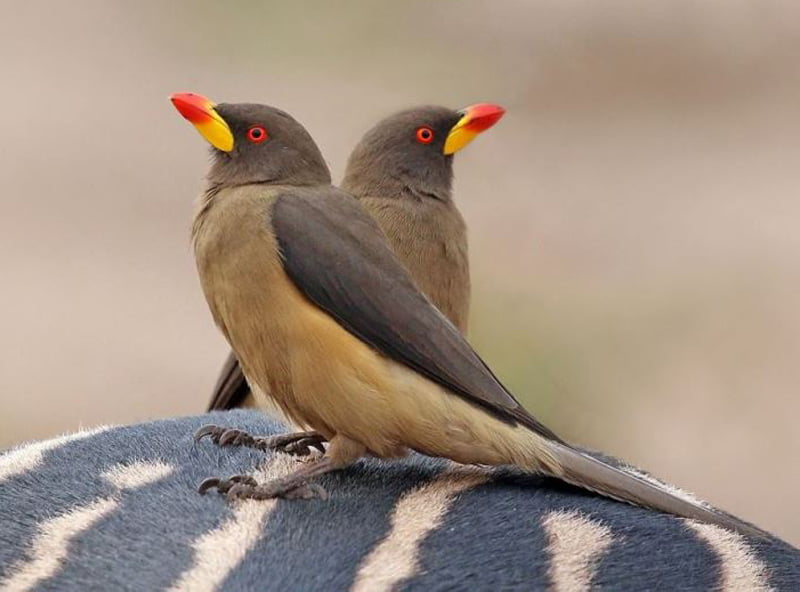
Yellow Billed Oxpecker – Buphagus africanus africanus. Image source.
Oxpecker
These cooperative breeders have only one pair in a group of 5 or so birds that breeds. The entire group selects the cavity of a dead tree favored the flock. While the dominant pair incubates the eggs, others in the group help to feed the brood and keep the nest free of debris. The offspring from previous broods are often the helpers.
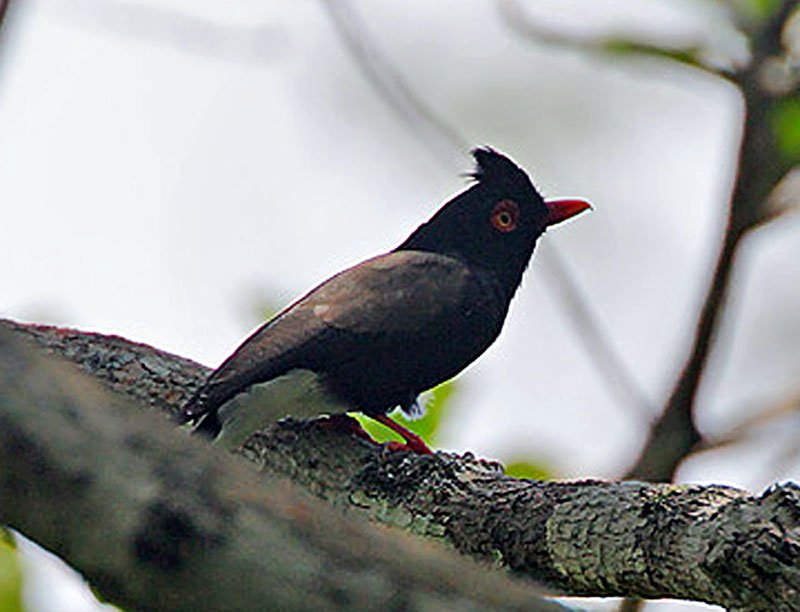
Retz’s Helmet Shrike – Prionops retzii. Image source.
Retz’s helmet-shrike
Retz’s helmet-shrike is a monogamous cooperative breeder. A flock is formed by one breeding pair that are helped by their youngsters and siblings from the previous breeding season. They noisily defend their territory and protect themselves against other groups and predators.
The flock shares in the nest building although the breeding pair sometimes contribute more than the others. Three to five eggs are hatched by the group members who will feed and protect them until they become independent at around seven months.

